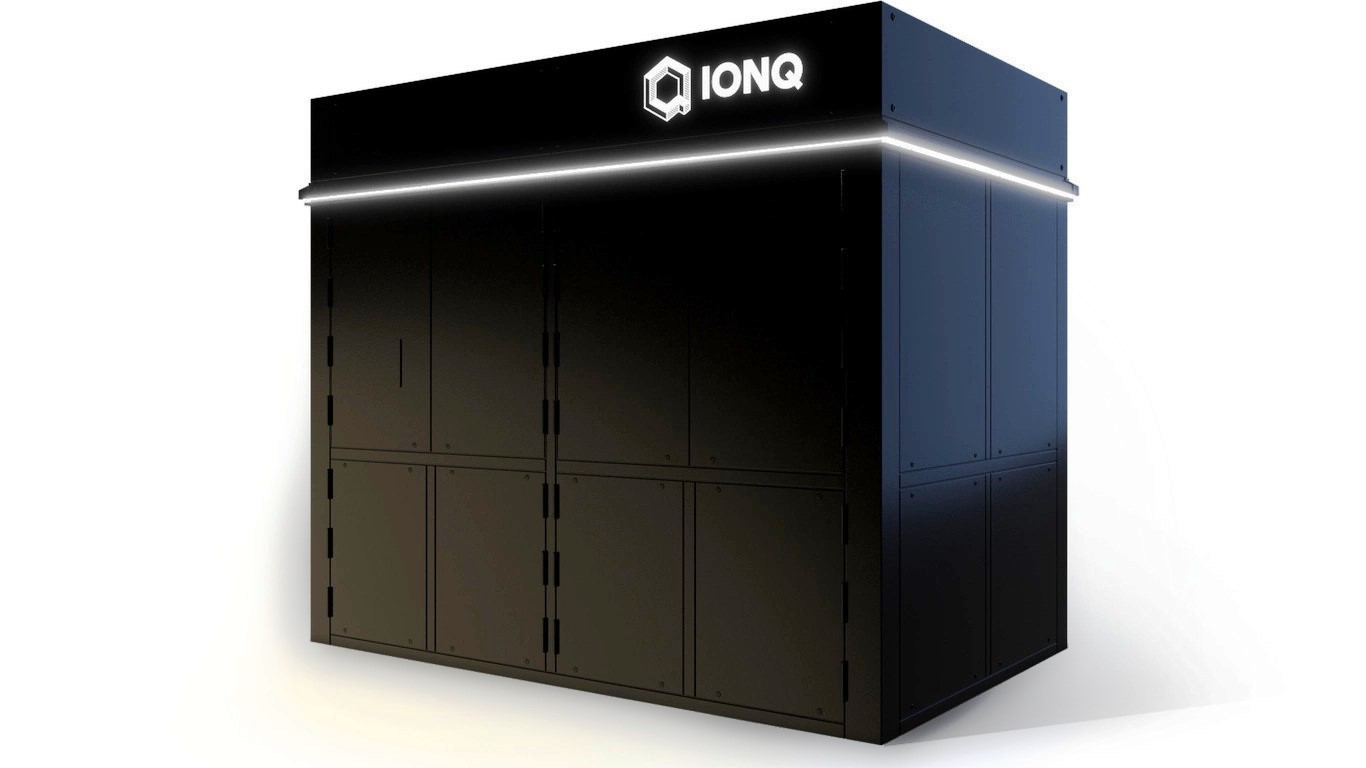
After U.S. exchanges closed Tuesday afternoon, Apple Inc. (NASDAQ: AAPL) reported fiscal third-quarter results that blew past consensus estimates, making the June quarter the company’s best in the 45 years that it has been publicly traded.
Alphabet and Microsoft also reported quarterly results Tuesday afternoon, and the three tech giants, combined, reported nearly $57 billion in profits. Apple booked $21.7 billion, Alphabet took in $18.5 billion and Microsoft raked in $16.5 billion. These three are the largest (by market cap) U.S.-listed companies.
Looking at Apple’s numbers in a little more detail, iPhone accounted for 49% ($39.6 billion) of the company’s quarterly revenue total of $81.4 billion. That’s a decline of 17.3% from the prior quarter and an increase of 49.7% year over year. Services revenue rose 33% year over year to $17.5 billion, accounting for 21.5% of quarterly revenue.
Mac sales rose 16% year over year to $8.2 billion, representing about 10% of total sales, and iPad sales totaled $7.4 billion, up 12% year over year to muster 9% of the company’s quarterly total. Wearables revenue totaled $8.8 billion, up 35% year over year.
Gross margin for the quarter came in at 43.3%, up from 38% in the year-ago quarter. Apple Chief Financial Officer Luca Maestri said that component shortages shaved just under $3 billion from third-quarter sales.
Despite these numbers, investors were more interested in what Apple had to say about the fourth quarter and beyond. On the company’s conference call, CEO Tim Cook said:
As the last 18 months have demonstrated many times before, progress made is not progress guaranteed. An uneven recovery to the pandemic and the delta variant surging in many countries around the world have shown us once again that the road to recovery will be a winding one.
Loup Ventures analysts Gene Munster and Andrew Murphy, long-time Apple bulls, noted: “Apple continually improves its hardware + software + services ecosystem to deliver more value to customers (driving revenue growth) and more value for shareholders (via improving profitability).”
Munster and Murphy also said that “[it’s] clear that growth will slow next year, as it will for almost all of big tech.” They expect Apple’s revenue to grow in a range of 7% to 9% for the “next few years until Apple launches into new product categories like AR, wearables, wellness, and automation (maybe vehicles). At that point growth will step up again, putting investors’ growth sustainability questions to rest, at least for a few more years.”
Component shortages could cost Apple more than $3 billion in sales for the September quarter, according to Munster and Murphy. Apple also noted for the first time that iPhone production will be negatively affected by supply constraints in the current quarter. The Loup analysts are not particularly worried:
In the end, investors should be indifferent if the sales fall in the September or December quarter. Either way, iPhone users are upgrading to iPhones. Separately, gross margin guidance of 41.5%-42% is favorable, given it’s above the 38-40% range the company has reported over the past eight years.
Investors were less sanguine Wednesday morning. Apple stock traded down about 1.1% in the premarket session at $145.12. The stock’s 52-week trading range is $93.71 to $150.00. The median price target on the shares is $160, and the high price target is $185. Of 42 brokerages covering the company, 32 rate the stock a Buy or Strong Buy.
Thank you for reading! Have some feedback for us?
Contact the 24/7 Wall St. editorial team.

 24/7 Wall St.
24/7 Wall St.



